When the British Military Mission arrived in the United States in late 1940, they expected production of British tanks to begin in American factories. The plan was to repeat the situation in WWI, where the USA built British and French designs. However, in the 20 years that passed the USA turned into a powerful industrial nation, which could develop weapons that were, at the very least, no worse than British ones. The idea to produce British tanks was declined, which didn't stop the British from ordering the Grant I, a British take on the American Medium Tank M3. Special assault tanks were also ordered by the British. Let's take a look at the Assault Tank T14 and its companion, the A33 Excelsior.
An alternative to the Excelsior
As you know, the British had three types of tanks during WWII: light, cruisers, and infantry tanks. Production of light tanks ceased pretty quickly. Cruiser tanks were very mobile, but protection was poor. As a result, they were vulnerable to even light antitank guns (37-50 mm in caliber). Infantry tanks were the opposite: protection was key at expense of mobility. Infantry tanks were meant for battlefields similar to those seen in WWI.
Fighting in France showed that the concept of the infantry tank was a mistake. The Germans quickly found a way to deal with the Infantry Tank Mk.I and even the superior Infantry Tank Mk.II. The latter, better known as the Matilda, was rehabilitated in North Africa during Operation Compass, where they could fight without fear. This streak of good luck ended in the summer of 1941, when full scale combat against the German Africa Corps began. The issue was not just in the better training of the German forces compared to the Italians, but better anti-tank weapons. With a top speed of 20-25 kph, infantry tanks made an excellent target on open terrain. This was also true for the Valentine tank, which made its debut in the second half of 1941.
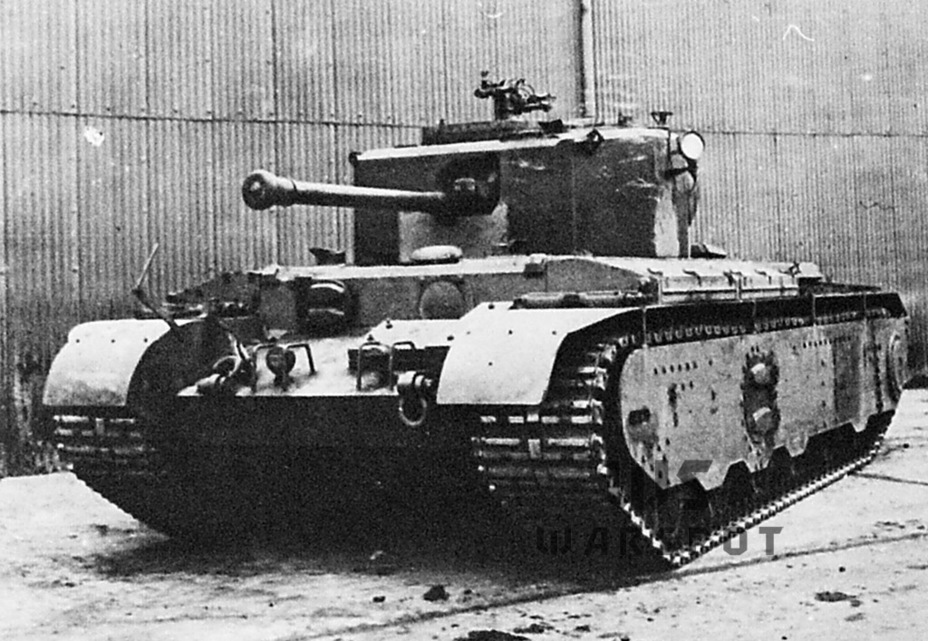
Of course, the British military didn't sit still. Having analyzed the experience in battle, they came to the conclusion that one of the greatest issues with infantry tanks was their low mobility. Of course, production of infantry tanks didn't stop, and a third infantry tank, the Churchill, still entered production. However, work on an alternative began. This tank was supposed to combine the best qualities of cruiser and infantry tanks: thick armour and good mobility. It is not surprising that the newest cruiser tank, the A27 or Cromwell, was taken as the starting point.
Several assault tanks on the Cromwell chassis were considered in 1941-42. The A33 developed by English Electric was chosen. This tank, known as the Excelsior, was the only one built in metal. American influence was already felt at this point. The suspension and tracks of the Heavy Tank T1, better known as the Heavy Tank M6, were used. In addition to using a tried and true solution, the British also improved parts commonality, as shipments of the M6 were expected through Lend Lease.
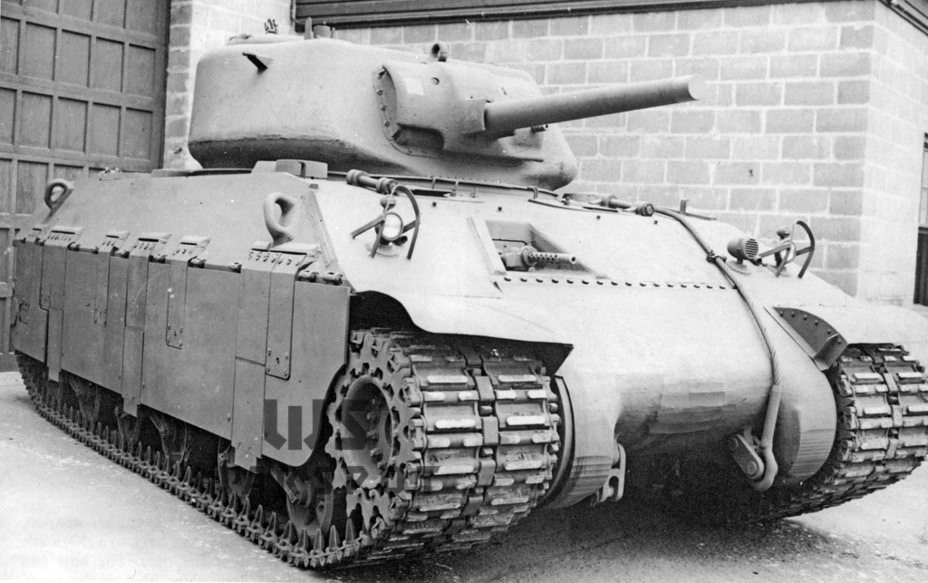
The use of the Heavy Tank T1 running gear elements was just the beginning of the Anglo-American cooperation on assault tanks. Negotiations between the British Tank Mission and the American Ordnance Committee to conduct joint development of an assault tank began in 1942. The British decided to have a backup plan. They had more than enough cause to be worried: the A27 program was stalling, not to mention the assault tank on its chassis. The capacity of British tank industry was also not limitless, and the Americans would have been unlikely to agree to produce a British design.
The result was to develop an analogue to the A33 on the chassis of the American Medium Tank M4. Unlike the Medium Tank M3, this tank had its main gun in the turret, and its characteristics surpassed those of British tanks. A meeting between representatives of the British Tank Mission, Aberdeen Proving Grounds, and the Ordnance Committee was held on March 30th, 1942. A final decision was made regarding the development of an assault tank. Two prototypes each of the A33 and the American analogue would be built and tested jointly. The British would then pick the vehicle that suits them the most.
A heavy tank from a medium one
The development of an American analogue of the A33 was given to the Aberdeen Proving Grounds. The Ordnance Committee gave this tank the index T14 in May of 1942. This was not an easy task. The increased mass meant that the suspension of the Medium Tank M4 could not be reused as is. None of the existing engines were acceptable, as the tank needed not just armour, but mobility. A top speed of 24 miles (38.5 kph) per hour was required, and the requirements for armour resulted in a mass increase of about 15 tons. The Medium Tank M4 had to be seriously reworked.
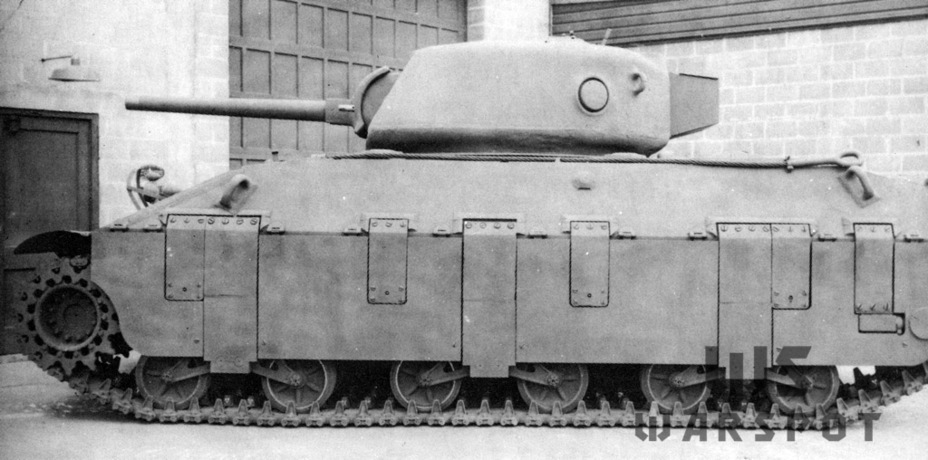
A draft of the Assault Tank T14 project was prepared by APG in June of 1942. The initial proposal used leaf springs in bogeys similar to those used by the M4. The Ford GAA, used to power the M4A3, was the most suitable engine. However, it was not powerful enough, and the proposal included supercharging it to 520 hp. This variant was called Ford GAZ. The APG also proposed to later replace it with a V12 engine, which was not yet available.
The transmission was taken from the M4, but altered to support the more powerful engine and heavier mass. The hull and turret changed significantly. The A33 used the hull of the Cromwell as a starting point, but American designers acted differently. The T14 hull was longer, wider, and lower. This was essentially a new tank that used some components of the M4. American engineers approached the task of improving armour very rationally. Instead of just slapping more armour all around, the increase in protection came from sloping of the armour. The thickness of the front plate was the same as that of the M4 (51 mm), but it was sloped at 60 degrees from vertical. The greatest increase in mass came from better protected sides. The upper sides became 51 mm thick and sloped at 30 degrees. The running gear was protected with skirt armour. The total thickness was 76 mm. The thickest part of the hull was the transmission cover: 102 mm. The bow machine gun mount, driver and assistant driver's hatches, and engine compartment changed drastically.
The turret was also significantly altered. The turret ring remained the same, but the turret became much larger. This was due to much thicker armour (102 mm instead of 76) and some vagueness regarding armament. The initial plan was to give the tank a 75 mm gun, but an alternative option, a 105 mm howitzer, was introduced in July of 1942. A 90 mm gun with AA ballistics was also considered as an option. The ideas of additional guns remained on paper, but still led to a larger turret, which resulted in increased mass.
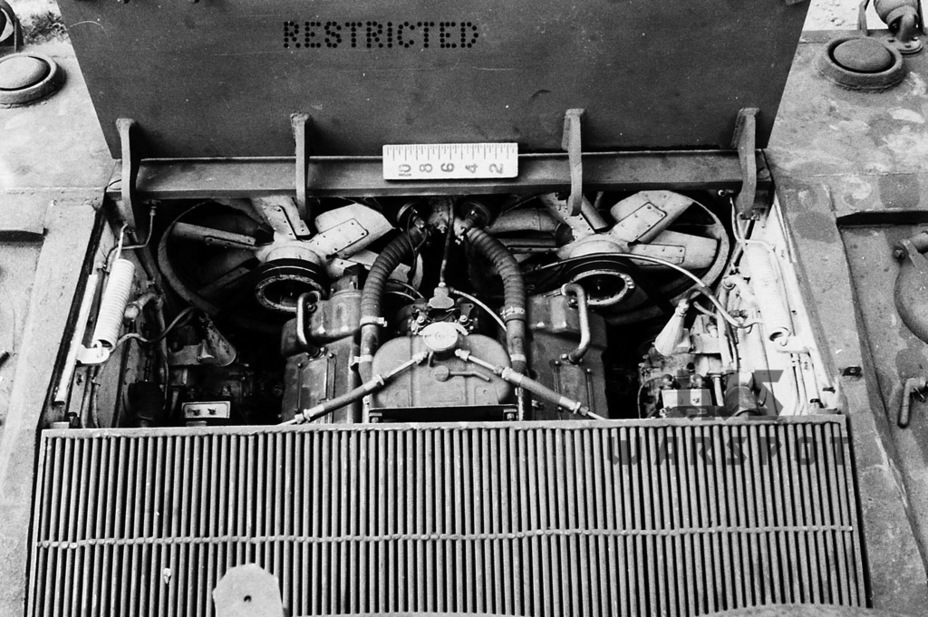
The level of interest that the British took in this tank is highlighted by the fact that plans were made in May of 1942 to order 8500 of them. The Americans themselves were sceptical. They did not expect the American army to need such a tank. The Assault Tank T14 was being built exclusively for British needs. Meanwhile, the design kept changing, and was only approved in April of 1943. The running gear changed significantly in the meantime. The road wheels and suspension came from the Heavy Tank M6 (T1 in documents). Instead of a Browning M2HB, the more usual M1919A4 was used, but with a sight that American tanks did not have. The AA gun was also replaced with an M1919A4. The approach to building the hulls changed as well: the prototypes would have welded hulls, but the production tanks would have cast hulls.
Reinforcement without success
Aberdeen Proving Grounds was no longer alone in its work on the Assault Tank T14 as of June 1942. The American Locomotive Factory (ALCo) was selected as the contractor for production of the tank. This was not new to them: ALCo was already involved in M4A2 production, with the first tanks coming off the assembly lines in September of 1942. ALCo was also responsible for putting the finishing touches on the project. Due to various corrections made to the T14 project, ALCo would begin production by the start of the summer of 1943. Work on the A33 was also moving slowly: English Electric assembled the first prototype on November 11th, 1943, half a year later.
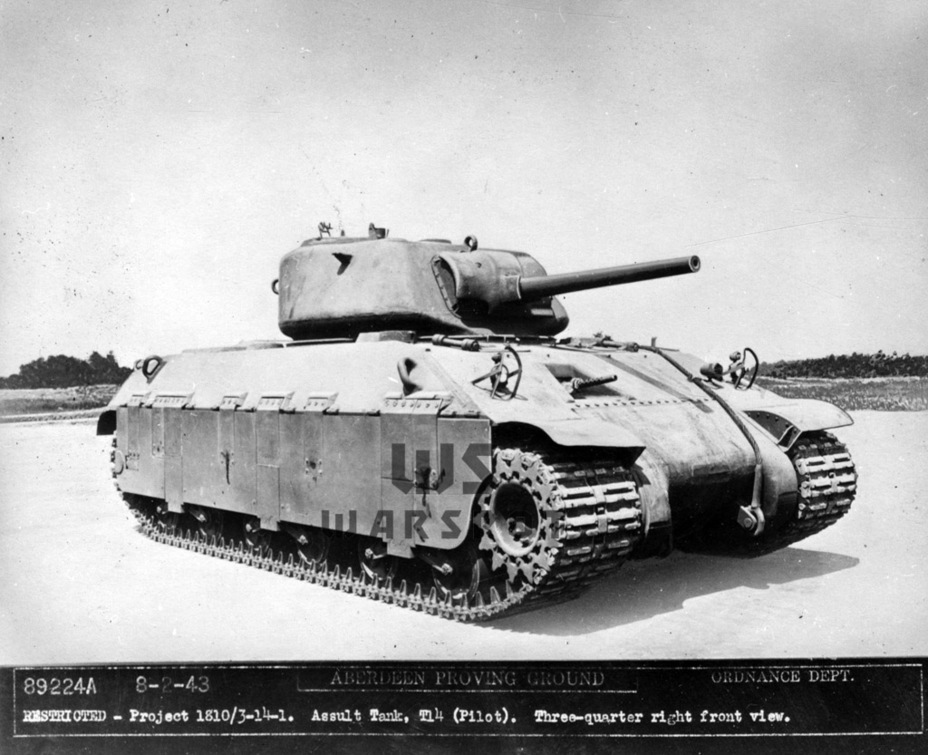
The final mass of the T14 was just over 42.6 tons. This was 2 tons more than the A33, but recall that the ancestor of the A33 was 3 tons lighter than the M4. The power to weight ratio was 12.2 hp/ton, an acceptable result considering the increase in protection. The ammunition capacity was a little less than on the M4: 90 75 mm rounds and 9000 machine gun rounds. A British 2» bomb thrower was fitted in the roof of the turret with 12 rounds stored on board. Since the tank was built for the British, it had a British radio: the Wireless Set No.19, a typical British tank radio of the era. There was also a British style storage bin behind the turret bustle.
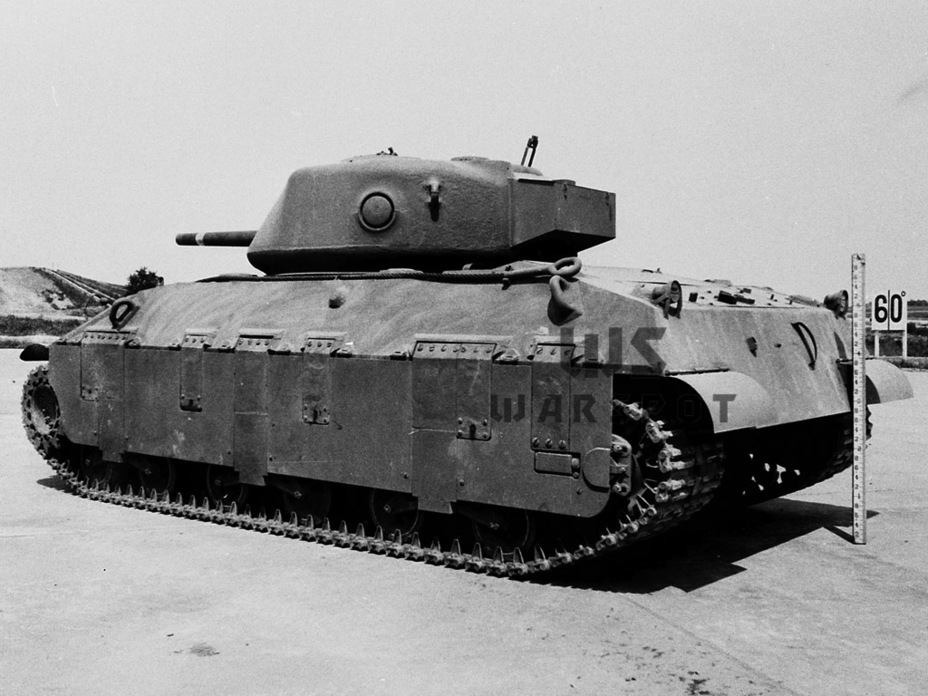
The Assault Tank T14 with registration number 3062372 arrived at the Aberdeen Proving Grounds on July 29th, 1943, after having gone through factory trials. The tank had already driven for 160 km. The second prototype arrived a month later, August 26th, with 133 km on the dial. Despite initial plans, the tank was not sent to the UK immediately, but was first subjected to tests at the Aberdeen Proving Grounds. The first tank travelled for 562 km, the second for 770 km.
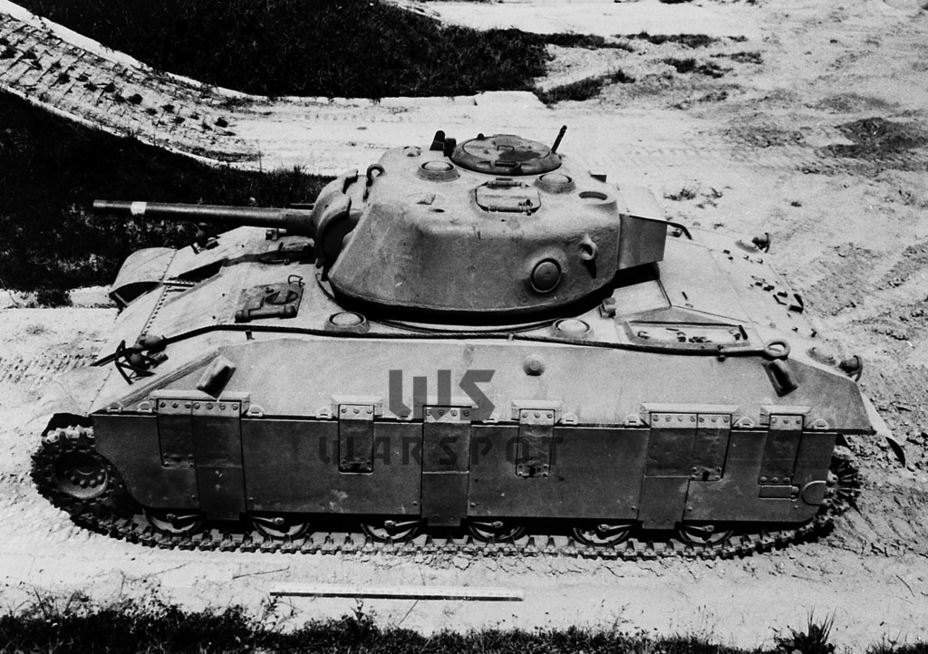
The tank attained a top speed of 38.5 kph on a concrete highway. This was a good performance, but a rare achievement on the tank's part. The trials of the T14 turned into an ordeal. Problems with the running gear and drivetrain began as soon as the tank left the highway. 14-hour off-road trials that had to be stopped after just 5 hours are a good example. The road wheels which successfully supported the weight of the M6 were quickly deformed on the lighter vehicle. The tracks also gave big problems. Trials showed that the tracks slip off easily, especially on soft soil. Putting them back on was very difficult. The front of the tank became covered in mud during driving. The front mudguards were changed on the first prototype to help with this.
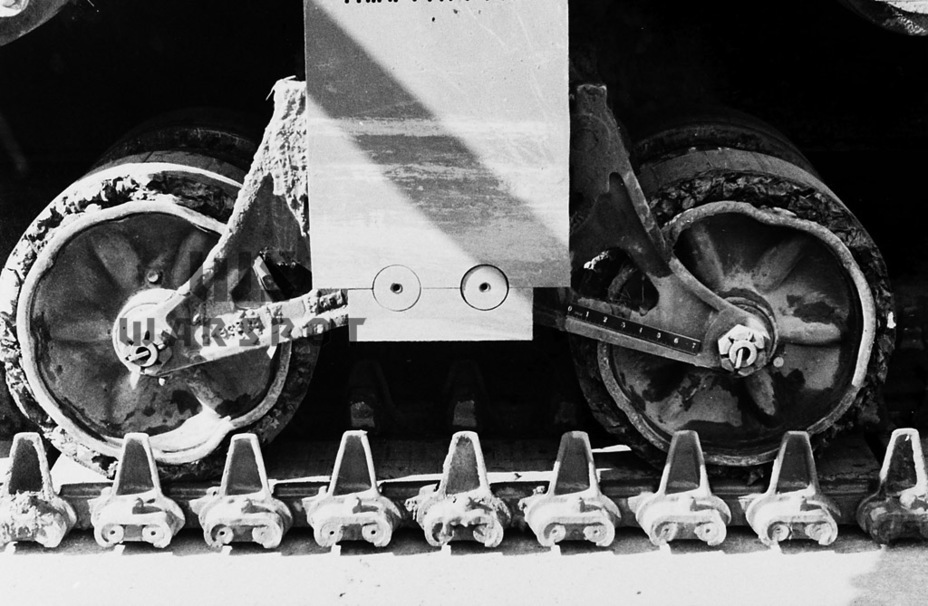
There were complaints not just about the running gear, but also the armament. The bow gun mount had many issues. It was impossible to remove without taking off the sight. The bulge to accommodate the bow gun weakened the front armour significantly. The poor design of the bow gun mount also threatened to injure the assistant driver long before he arrived at the battlefield. The ventilation system was also heavily criticized. Gunnery trials showed that a significant amount of fumes gathered inside the tank while shooting, to the point where it was impossible to remain inside, a curious result considering the presence of two exhaust fans. Complaints about the sights were also made, and the ammunition racks also received reviews that were far from favourable.
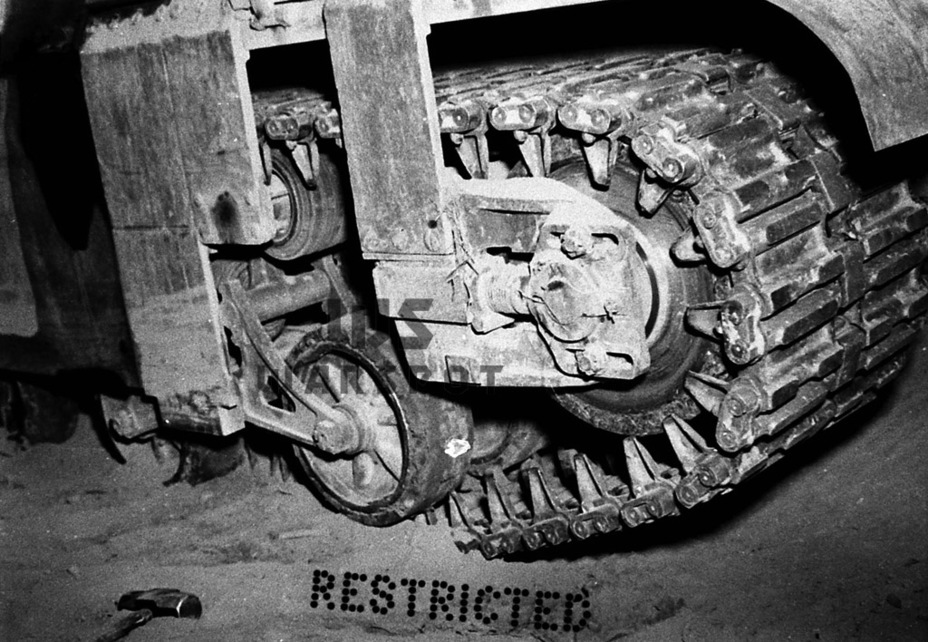
Trials ended on November 15th, 1943, and resulted in an unfavourable verdict. The testers deemed the design to be unsuccessful. 2000 mile reliability trials were ended prematurely due to a large amount of issues with both tanks. Improvements were constantly being made during the trials, but they did not help much. The first prototype was sent to Fort Knox where additional trials were performed. The tank later returned to the Aberdeen Proving Grounds, where it was scrapped in the early 1950s. The second prototype was luckier. After repairs, it was sent to the UK in December of 1943. The customers also turned out to be unhappy with the tank. However, the A33 suffered from the same issues. Even the use of a different suspension on the second prototype didn't achieve good results.
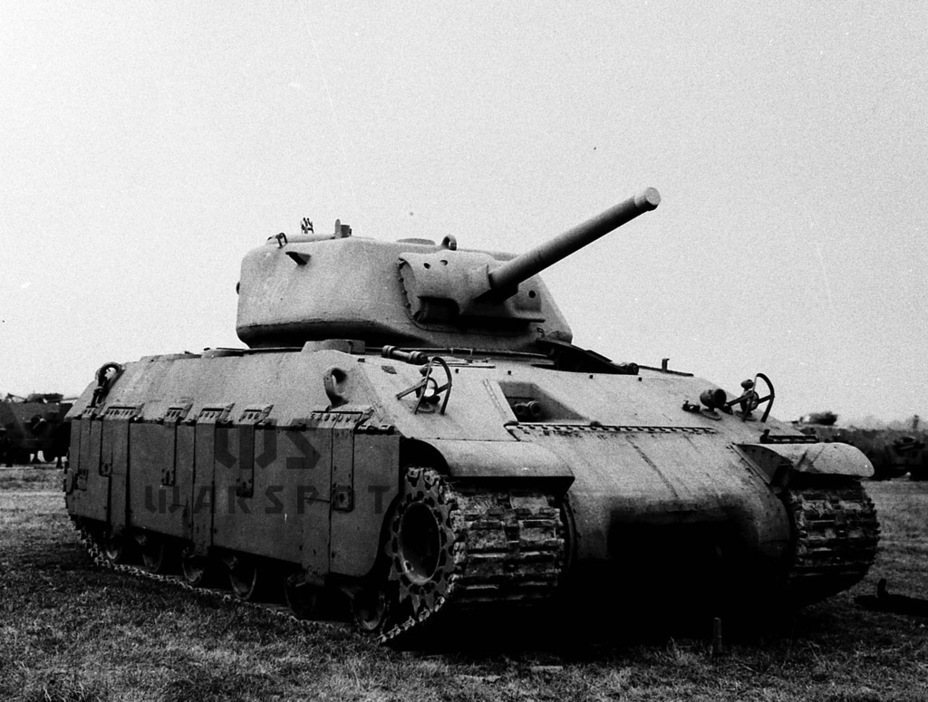
Officially, the Assault Tank T14 program was closed on December 14th, 1944, but in reality work stopped much sooner. The idea of an assault tank proved unsuccessful, at least in the British view. The British weren't particularly disappointed. The Churchill, which was going to be replaced by either the A33 or T14, turned out to be a much better tank and fought until the end of the war. As for the Americans, they came at the problem from another angle, creating the Medium Tank M4A3E2, a Medium Tank M4A3 with improved armour. This tank was successfully used in 1944-45. As for the second prototype of the T14, it is now in storage at the Bovington Tank Museum. It stands next to its companion in misfortune, the second A33 prototype.
Translated by Peter Samsonov. Read more interesting tank articles on his blog Tank Archives.
Sources:
- NARA
- Sherman: A History of the American Medium Tank, R.P. Hunnicutt, Presidio Press, 1994






